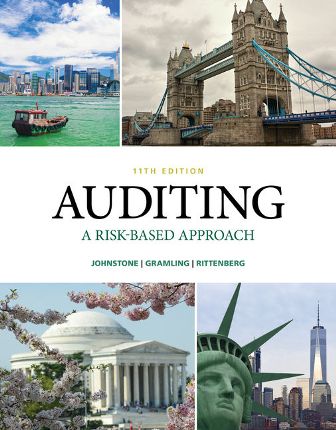Test Bank for Auditing: A Risk Based-Approach, 11th Edition, Karla M. Johnstone-Zehms, Audrey A. Gramling Larry E. Rittenberg
$55.00
Test Bank for Auditing: A Risk Based-Approach, 11th Edition, Karla M. Johnstone-Zehms, Audrey A. Gramling, Larry E. Rittenberg,
Test Bank for Auditing: A Risk Based-Approach, 11th Edition, Karla M. Johnstone-Zehms, Audrey A. Gramling, Larry E. Rittenberg,
Table of Contents
1. Quality Auditing: Why It Matters.
2. The Auditor’s Responsibilities Regarding Fraud and Mechanisms to Address Fraud: Regulation and Corporate Governance.
3. Internal Control Over Financial Reporting: Responsibilities of Management and the External Auditor.
4. Professional Legal Liability.
5. Professional Auditing Standards and the Audit Opinion Formulation Process.
6. Audit Evidence.
7. Planning the Audit: Identifying and Responding to the Risks of Material Misstatement.
8. Specialized Audit Tools: Sampling and Generalized Audit Software.
9. Auditing the Revenue Cycle.
10. Auditing Cash and Marketable Securities.
11. Auditing Inventory, Goods and Services, and Accounts Payable: The Acquisition and Payment Cycle.
12. Auditing Long-Lived Assets: Acquisition, Use, Impairment, and Disposal.
13. Auditing Long-Term Liabilities and Stockholders’ Equity Transactions.
14. Completing a Quality Audit.
15. Audit Reports.
ACL Appendix.
Case Index.
Why It Matters and Fraud Focus Index by Chapter.
Index.












Reviews
There are no reviews yet.